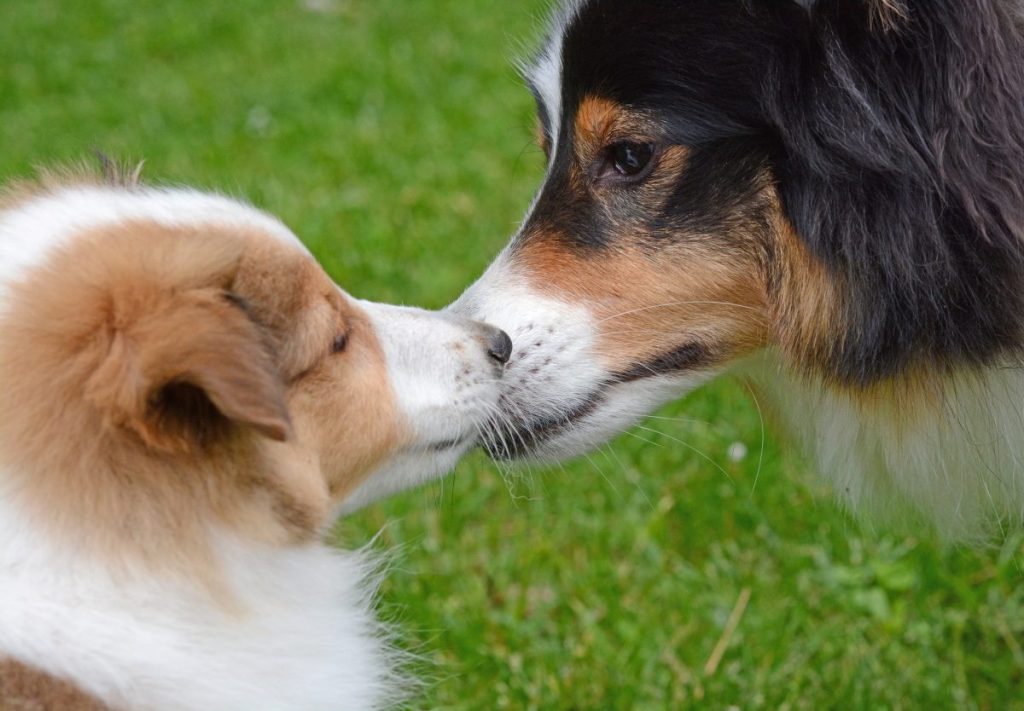Question:
When and how should I introduce my puppy to dog parks?
Answer:
When it’s safe to take your puppy to the dog park
It’s safe to take your puppy to the dog park when they’ve had all their vaccinations, usually around 16 weeks of age. Any earlier, and your puppy is still vulnerable to picking up a disease from other dogs.
It’s a good idea to start taking your puppy to dog parks as soon as it’s safe. Dog parks are a great way to socialize your pup with other dogs, which you want to start as early in puppyhood as possible if you want to raise a dog-friendly dog. Plus, if you take them before they hit adolescence (generally around 6 months of age), it’s more likely to be a pleasant first experience. Most adult dogs will be patient with a young pup who hasn’t mastered canine manners, but testy with an obnoxious adolescent.
If your dog’s already an adolescent, start off with fenced parks or have them drag a long leash so you can grab it if necessary. Teen dogs are more likely to ignore your calls to come or even run off into the street if distracted.
How to introduce your puppy to dog parks
Dog parks with secure fences are the safer bet. Members-only dog parks tend to be even better because they’re kept cleaner and aggressive dogs aren’t allowed. If you can’t find a fenced park, go for one with lots of open space. More space lets dogs stay a safe distance away from bullies and the dangers of nearby streets.
To keep your pup from getting overwhelmed or too distracted to listen to you, make your first visit during off-peak hours. Avoid the after-work and Saturday crowds. Keep your visit short and sweet, no longer than about 20 to 30 minutes. If you walk rather than drive, your puppy will burn off a little energy and be better behaved when they arrive. You can even do mini-training sessions along the way and use the dog park as a reward.
If your dog always comes when called, let them off leash as soon as you enter the park. Dogs communicate with each other mainly through body language. For them, being on a leash in a new social situation is the human equivalent of wearing a blindfold at a party. It can even lead to confrontation and fights.
If your dog needs more work on their recall, take off the short leash and snap on a long one that drags behind them as they play. This gives them some freedom to roam but makes it easy for you to catch them.
Then, walk around the park instead of sticking to one spot. It helps keep your dog’s attention somewhat on you. Also, it can prevent your dog from landing in a pack or turf war.
And of course, bring along some biodegradable poop bags and clean up after your dog.




